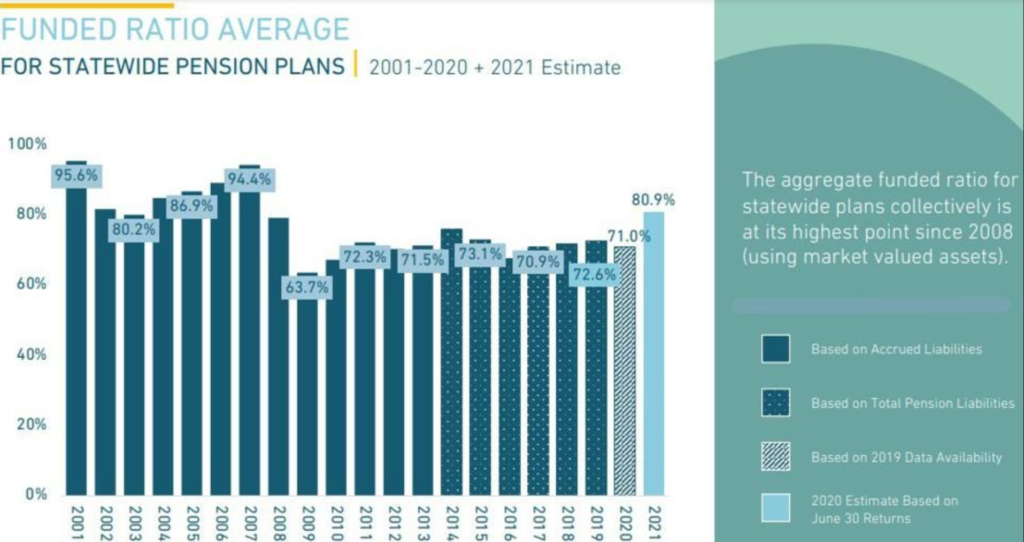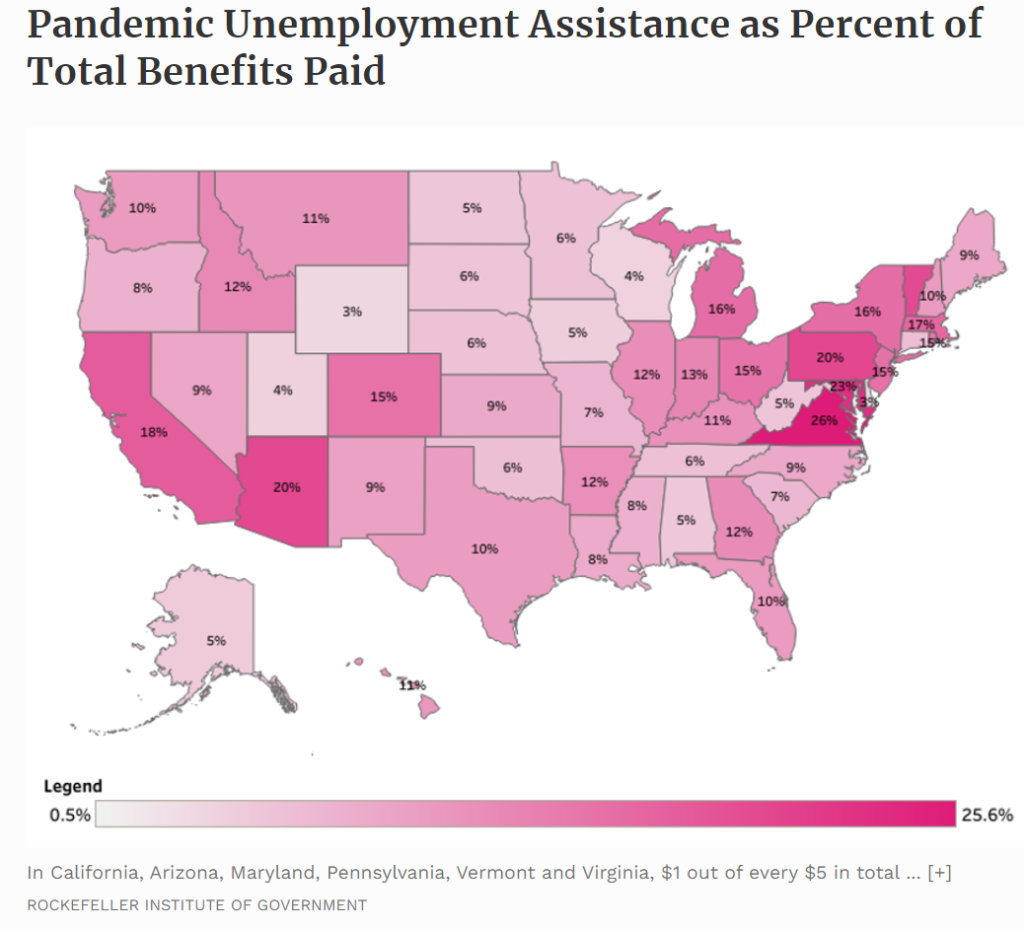Link: https://www.forbes.com/sites/ebauer/2021/09/06/mismanagement-compounding-underfunding-the-chicago-police-pension-forensic-audit/
Excerpt:
It is reasonably well-known that the pension plan has been underfunded for years, and that the state, in setting a new funding plan, allowed a “funding ramp” in 2011 and then re-set that ramp in 2016, so that funding according to the “90% funded by 2055” target only began in 2020. However, Tobe alleges that “Chicago has consistently underfunded the plan more than the statutory amount, blatantly breaking the law, with no consequences.”
Regarding fees and management, Tobe alleges that the pension fund has “failed to monitor and fully disclose investment fees and expenses” and that “fees and expenses could be 10 times that which they disclose” because the fund’s disclosure “omits dozens of managers and their fees.” He also reports that the Fund claimed that “hundreds of contracts for the investment managers” are exempt from FOIA, and denied him access to the fund’s own analysis of fees. He concludes that “PABF may have over 100 ‘ghost managers’ in funds of funds,” that is, the fund is required to disclose its managers but it fails to do so, even though Tobe has identified them through other sources.
…..
With respect to governance, the fund violates a fundamental aspect of prudent governance because its Chief Investment Officer is not a professional with qualification in the field, but simply a trustee and active-duty policeman, and, what’s more, one who has “22 allegations of misconduct as a police officer including one for bribery/official corruption.” Further, no staff members hold the credential of a CFA charter, another marker of professionalism. Another related governance issue is the use of offshore investments, e.g., in the Cayman Islands, which lack key governance and transparency protections of US-based funds.
Author(s): Elizabeth Bauer
Publication Date: 6 September 2021
Publication Site: Forbes


